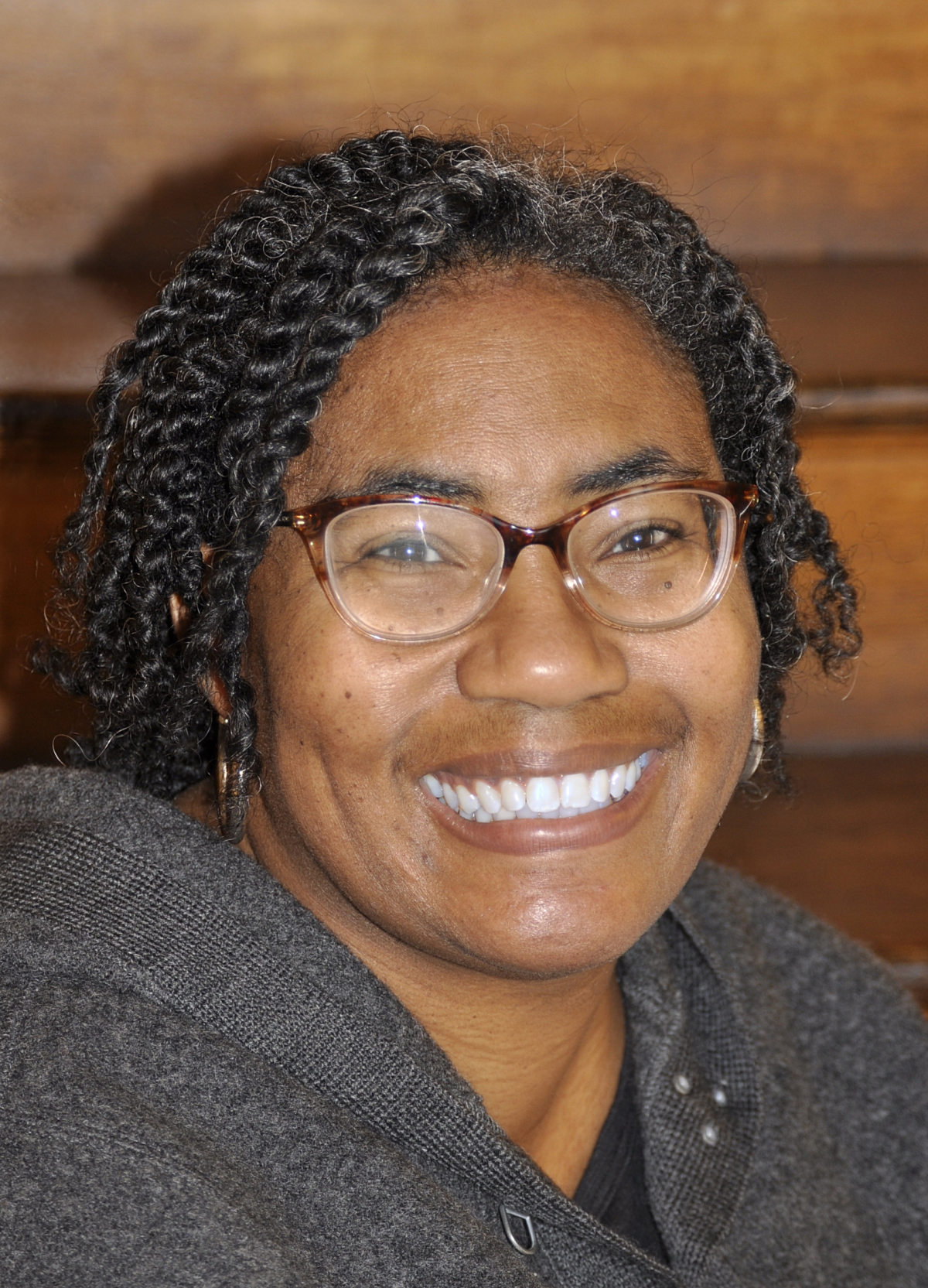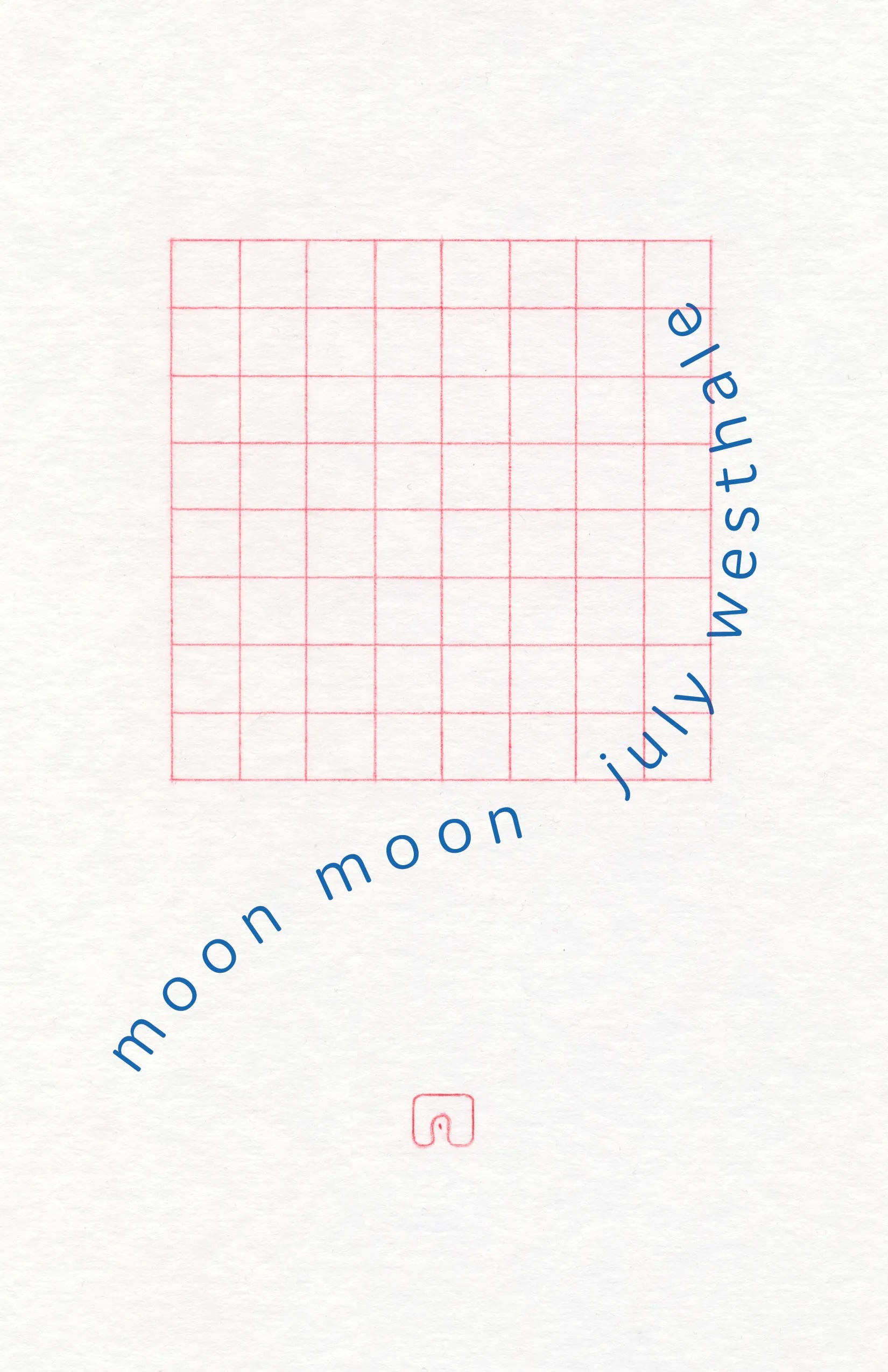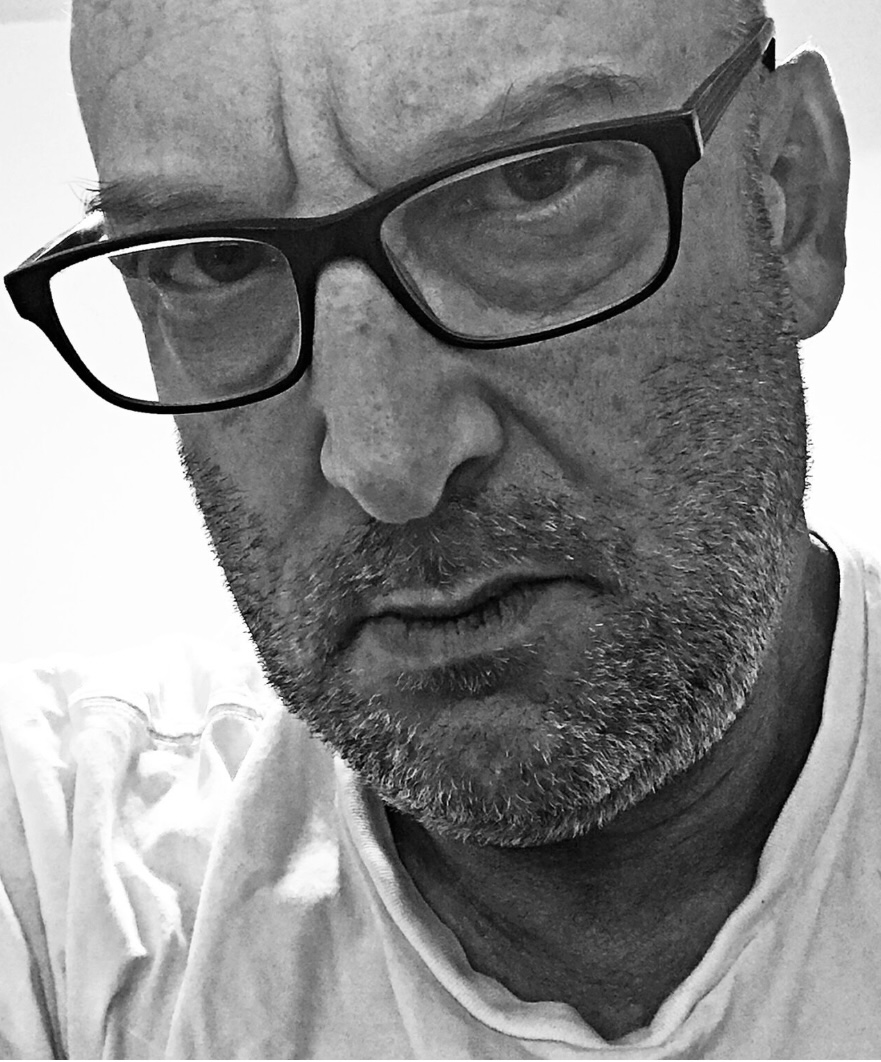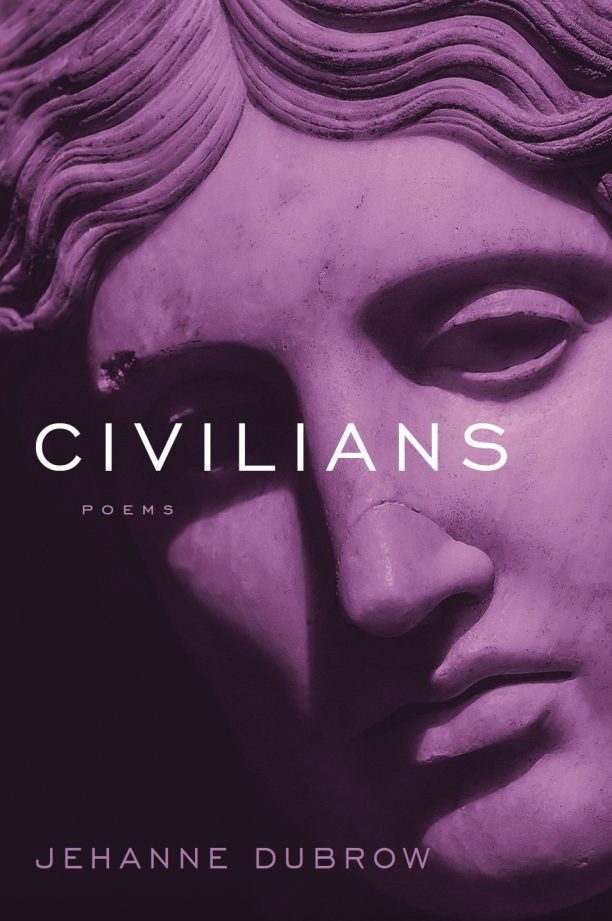DeMISTY D. BELLINGER interviewed by AMY REARDON

One of the best things about interviewing the poet, professor, and novelist DeMisty D. Bellinger, Ph.D., is how she drops a book recommendation into every answer. Another is the transparent manner in which she speaks of her work: her writing is so intentional that the scenes and characters seem to crawl inside the reader and live there. Once seen, the characters in Bellinger’s debut novel cannot be unseen. Released on April 19, 2022, by Unnamed Press, New to Liberty tells the stories of Sissily, Nella, and Greta, three lives sewn together by Dust Bowl-era Kansas, tragedy, and their own longings. Amy Reardon and DeMisty Bellinger spoke via phone and discussed whose experience gets centered in literature, how to give voice to the unvoiced, and Bellinger’s desire to write from questions to figure out how the world works.
AR: Your novel tells the stories of three women from 1966 back to 1933, and I was thinking about what each of their stories shares. The first word I thought of was desire, then I replaced it with longing, then I finally landed at agency. What would you say?
DB: Yeah, agency. They’re trying to take hold of their own lives and define life for themselves instead of having the rest of the world do that for them. Desire is a big part of it too. Right now I’m reading Dominicana by Angie Cruz, and in that book, there’s a young girl who is forced into a marriage, and then she falls in love with her husband’s brother-in-law. So much of the book, she even says it: desire, desire, desire. In thinking about my own work, so much of it is about desire and love and a need to define oneself.
AR: The novel is written from three different points of view—why?
DB: I wrote the Sissily story first, and I shared it with a friend who’s also a writer, Megan Gannon. She gave me some ideas about the questions that she still had, as fellow writers do. I went away thinking: this has to be longer. So I worked on it, and the Sissily story became a very long short story. I wanted to figure out why Margit Svoboda was so mean, and seemingly such a cold woman, so I started thinking about her past. That’s where Greta came from, and I wanted to keep the book woman-centered.
AR: I’m glad you mentioned that because I noticed the novel seems to make very clear and deliberate centering choices. Was that intentional?
DB: Yes. I had people in my life at that time who were in some uncomfortable relationships either with students or younger people, or students who were interested in older people. And, you know, I don’t think there’s anything wrong with that, but I was always curious, how do you come to that? So with Sissily’s story, I wanted to look at it from her point of view. As far as Nella’s story goes, I wanted to have a strong African American character who told the story from her own point of view. I wanted also to explore the idea of hate, and not really have it redeemed. It’s such a hard part of the book, but I wanted to look at that kind of racism and misogyny without any softening. This sounds horrible, but I wanted it to be horrible in some ways.
AR: Yes.
DB: I wanted to try to give voice to the person who is often unvoiced, or is often un-talked about, as well as a part of the country from which there are not many stories. You think of Willa Cather, but there are not many voices from the Great Plains, that are not from the city. There are not so many from the middle of nothing, and those stories that are set in the middle of nothing oftentimes have these stereotypes that come with them. I’m not saying that I’m finding anything new, I’m not that smart. Because there are good stories set in the Great Plains, and there are great stories set in the Great Plains, but they’re often Eurocentric, and they’re often male-centric. There’s Paradise by Toni Morrison, when I think of people of color from that world. And there’s Timothy Schaffert, who is one of my mentors. He’s from rural Nebraska, and his book Swan Gondola is based mostly in Nebraska.
AR: There’s a very intense assault in this book, and I wonder if you’d like to talk about the choice to write this scene?
DB: I do want to talk about it. I wrote the first draft probably about eight years ago, and I set it aside. It was horrible, and I was afraid to share it with anyone. That’s not quite true, I wrote the first draft when I was at the University of Nebraska, and a fellow graduate student, Emily Danforth, was running the Nebraska summer writer’s conference. Emily told me I needed to turn my novel in, and I had only 60 pages. So in two or three days, I wrote 40,000 words, so for a while, I forgot I wrote that scene.
AR: 40,000 words in two or three days!
DB: Yeah, thank you, Emily. Otherwise, I wouldn’t have had a first draft, but later, revising the book, that scene was very painful for many reasons. I am not an autobiographical writer, but I do take some things from real life—interpret that as you will. Revising that scene with my agent before getting to the editor was always painful, and I had considered many times taking it out, but I decided to keep it. It’s something that a lot of women don’t want to see or talk about, and I understand that. But at the same time, I think that if we don’t talk about it from our points of view then it may not be understood. It’s one of those things that as a writer, I don’t want to be silent about. I published a short story with Kweli Journal called “Awesome Everywhere,” and that one was about suicide. When I was in grad school both for my master’s and Ph.D., I was discouraged from writing about suicide. A few people in my life committed suicide and I thought, I am going to write about it because I really want to. That was a really hard story to write too, but I felt like it was something that I needed to do for myself, not necessarily for anybody else.
AR: Nella’s story begins when a man tells her she has beautiful eyes, and then she goes and seeks him out. Right?
DB: Right.
AR: Then something terrible happens to her. In our culture, we have this horrible victim-blaming thing, the question of whether someone was “asking for it.” And, of course, no one is ever asking for that to happen.
DB: Right. Nella is a child. She is a teenager, and I wanted her to be very teen-like in her curiosity and invincibility. She’s constantly testing the system, and how much can she get away with doing. It’s rebellion, but the problem with rebelling in a white supremacist and sexist society is that your life could be in danger from it. I worried because there is violence against Nella in the story. Going back and revising it, I thought, oh my gosh, Nella goes through something, and she’s the one Black—fully Black, that we know of—character here. But looking back, they all go through something. Nella’s is a little bit more explicit, but they all experience something kind of horrible, you know what I mean?
AR: Yes. I was thinking about how one of the things each of the women have in common is how they all experience their power being taken away, each in different ways.
DB: Right, right. It’s how you decide to deal with that. For a long time, Nella tries to deal with it on her own, which is, as we know, a lot of times is not the best way. I don’t want to say it’s never the best way, but it shouldn’t be the best way to deal with it. She wasn’t seeing her boyfriend, she wasn’t talking to her parents, she was just dealing with it on her own. I wanted a community of women to come together to help her figure out how to move forward.
AR: I love that idea. Speaking of which, there is so much hunger and violence in the novel, and yet, in the end, Greta says, “we can still have hope. It’s okay to have hope” And I wanted to ask about that emotional arc that ends in hope.
DB: I kind of did the same thing in my collection of poems that came out recently. This country has been through some horrible things and our genesis—our working away toward whatever freedom is or democracy is—has been a piece of shit. That doesn’t mean that we give up on it. That doesn’t mean that we don’t keep trying or don’t keep having hope for something better and work toward a brighter future. I sound so corny. I don’t want to say you have to earn your happiness, but I wanted the characters to go through struggles to become people who are more of themselves in the end, more of who they want to be.
AR: There’s a line in the book where Greta says, “When I convinced myself to become my own person, I thought that I had to change completely.” Why do you think we love to read characters who are becoming more their true selves?
DB: Maybe I’m addressing the stereotype of what it is to be a queer woman at any time period, but especially in her time period (the 1930s, drought-devastated rural Kansas), Greta was deciding, Okay, this is who I am. I am a person who loves women. So what does that mean about me? Do I have to present as more masculine or what does my life look like now? When writing that, I thought about Alice Walker’s book, The Color Purple. The book, not the movie. When Celie and Mister become porch friends, they sit on the porch, they talk together, and when they are older, and he’s no longer abusing her, they’re just friends, and he asks her, Well, do you want to try it again as a couple? And she’s like, No, I’m gay. I like women. With Greta, the idea is, this is just who I am. I am a woman who likes women, and that’s fine. Again, it’s the idea of not letting other people define you, of deciding for yourself who you are. Greta’s my favorite character.
AR: Why?
DB: I love that she is the hero of the Nella story. She’s so clear-minded and matter-of-fact about everything. I like that part of her, and I like that she abandoned herself to love for a little while in her own story. I like to end on a hopeful note, not always, but a lot of the time, and I think Greta offers hope for women in the future.
AR: I haven’t thought about The Grapes of Wrath since I first read it decades ago, but I did when I was reading your novel. The hunger, and the way your characters made biscuits from flour and water and grease. I was just wondering if certain writers and books informed how you wrote that intense hunger and devastation of that era?
DB: Steinbeck of course. I thought about his writing when I was working on this, and I did think about The Grapes of Wrath. If you watched the movie, there’s some hopefulness at the end, but the book is so bleak. It’s just not going to get better. Also Tillie Olsen. She was a working-class author, and I read her novel Yonnondio around the time that I wrote this. I read a lot of descriptions from the National Archives and other sources like the Historical Societies in Kansas, Nebraska, Oklahoma, and Texas about how the dust would just collect. Everything was gritty, and everything was dirty. But about hunger, I grew up impoverished during the 80’s recession. It’s a reason why I hate Reagan. I remember being hungry. I pulled from not really having much to cook with and trying to figure out what can you make. I know how to make biscuits. For instance, they’re going to taste a lot better with milk than water, but if you have to, you’re going to make the water work.
AR: The book is sad in many ways, and at the same time, one of the most delightful things about reading it is that your characters’ interior thoughts are really funny.
DB: I like playing with the idea of things that aren’t said aloud. I think our funniest thoughts are said to ourselves. Watching my kids, I have twin girls, they’re almost 13, and sometimes at dinner they’ll just start laughing to themselves, and you have no idea what they’re laughing at. You can try to ask them, and they’ll try to tell you, and it may be funny to you, or it may not. But I think that’s the case with characters too, and I don’t know if I ever intentionally write humor. I am very impressed by people who write humorously on purpose, but I think a lot of the ways that we figure things out are either through fear or humor. The most horrible things that we can imagine, or the funniest things that we can imagine. I think they help us through things.
AR: Why Dust Bowl-era Kansas?
DB: The whole thing began at the University of Nebraska when I was doing my Ph.D. For my comprehensive exam, we had to do a field and focus. My field was 20th and 21st Century fiction, and my focus was working-class lit, so a lot of the books I read were set in the Dust Bowl era. I came across The Worst Hard Time by Timothy Egan. It’s about the Dust Bowl, and that was where I came across the jackrabbit round-up. It was so gruesome. I went to the internet to find out, what is this jackrabbit thing? I saw some PBS footage of jackrabbit round-ups, and I thought, What would that person grow up to be if they were a kid killing jackrabbits? So it was partly that, and also partly when I first got to Nebraska, I wondered about the African-Americans and Black people that I saw there. I wondered if they were part of the Great Migration, and how did they get there? What were their lives like?
AR: You were a poet before you were a novelist. You published two poetry books before this, is that right?
DB: Yeah, I have a chapbook and I have a full-length collection.
AR: How did being a poet first influence your novel?
DB: I don’t know if I was a poet first. I always say that I published poetry first. But I think that poetry still influences all of my writing because I try to use a lot of imagery in my work and rhythm. Even in prose, I think that you have to have some rhythm. And of course, imagery helps us see the world as we do. I feel like I’ve been saying that a lot lately.
AR: You know how they say with novels, you write it because you have to? Why did you have to write this novel?
DB: I think one of the reasons why I felt like I had to write this book is that I wanted to figure out what kind of person lives in that bleak world. When I lived out West, driving through, it’s beautiful, okay? I don’t want you to think that I’m saying that it’s not beautiful, but I’m from Milwaukee, which is a city. And also, I’ve been to the countryside before. Before going to the Great Plains, I have never seen anything like that. It is completely flat. There are just fields and fields, acres and acres, miles and miles of grain, usually corn, and I just often wondered, what are the lives that are being developed here? Who are the people who come from here, and what are their pasts? All of writing for me is trying to figure out how that world works, or who are those people in that world.
AR: Fiction takes a long time. How long did it take for you to learn to write fiction?
DB: I think I’m still learning how to write fiction. I am trying to write a novel now where I don’t switch POV. And you know what? I switched. I was at 30,000 words, and I’m like, now, I’m gonna follow this character for a while. [laughter] I think that we’re constantly figuring out how to tell stories. My husband, who’s not a writer, is always saying, I like this, but it’s not a story. He says that about a lot of things. So I asked, well, what is a story to you? We have that conversation about what we mean by story.
AR: When My Monticello came out last year, there was an article about Jocelyn Nicole Johnson in The New York Times, and the headline was something like it’s never too late. The lede went on to say, she’s not your average age debut author because of her age.
DB: She’s how old?
AR: Fifty. Fifty is not that old!
DB: Yeah. I think this rush to publish people when they’re very young, I don’t know. I’m not saying that young authors can’t be good writers, but I’m also saying that when I was younger, like twenty-five or thirty, the stuff that I wrote back then was just crap. I teach mostly undergrad students, and I love my students, and I think they write great things for students. Also, I think they have a lot of living and a lot of reading and a lot of practice at writing to do. I think writing is generally a slow art, but people want it to be faster. One of my favorite poets Li-Young Lee. He doesn’t have many books out, and I don’t mind that because everything that he puts out is so thoughtful.
AR: In the novel, there is this line when Greta is looking at Margit in church. It reads, “I could see how the butterscotch color of her forearm seeped into the usually hidden peach of her biceps and shoulders.” Can you tell me about that line?
DB: Oh, my obsession with arms. How do I say this without sounding like a creep? I think the most intriguing things about people, when I find them attractive, are the things that aren’t necessarily supposed to be attractive. Like the folds of elbows.
AR: Oh, I love it. What else?
DB: The way that the skin plays in the light. My husband and I have very different skin. He has lots of hair for instance on his skin. So that I see the way that the sun or light catches the hairs on his skin.
AR: That’s so lovely.
DB: Things that aren’t supposed to be attractive are attractive to me. Like when women have lived and they have these matronly bodies, I have always found them beautiful for some reason.
DeMisty D. Bellinger is a Pushcart-nominated poet and an alumna fellow of Vermont Studio Center. She is the author of the poetry chapbook Rubbing Elbows and the full-length poetry collection Peculiar Heritage, and her short story “The Ballad of Frankie Baker” was selected for Best Small Fictions 2019. DeMisty has an MFA from Southampton College and a Ph.D. from the University of Nebraska. She lives in Massachusetts with her husband and twin daughters, where she works as an associate professor of English at Fitchburg State University.
Amy Reardon has an MFA from UC Riverside, and her work has appeared in The Believer, Electric Literature, the Los Angeles Review of Books, The Rumpus, and Glamour.




